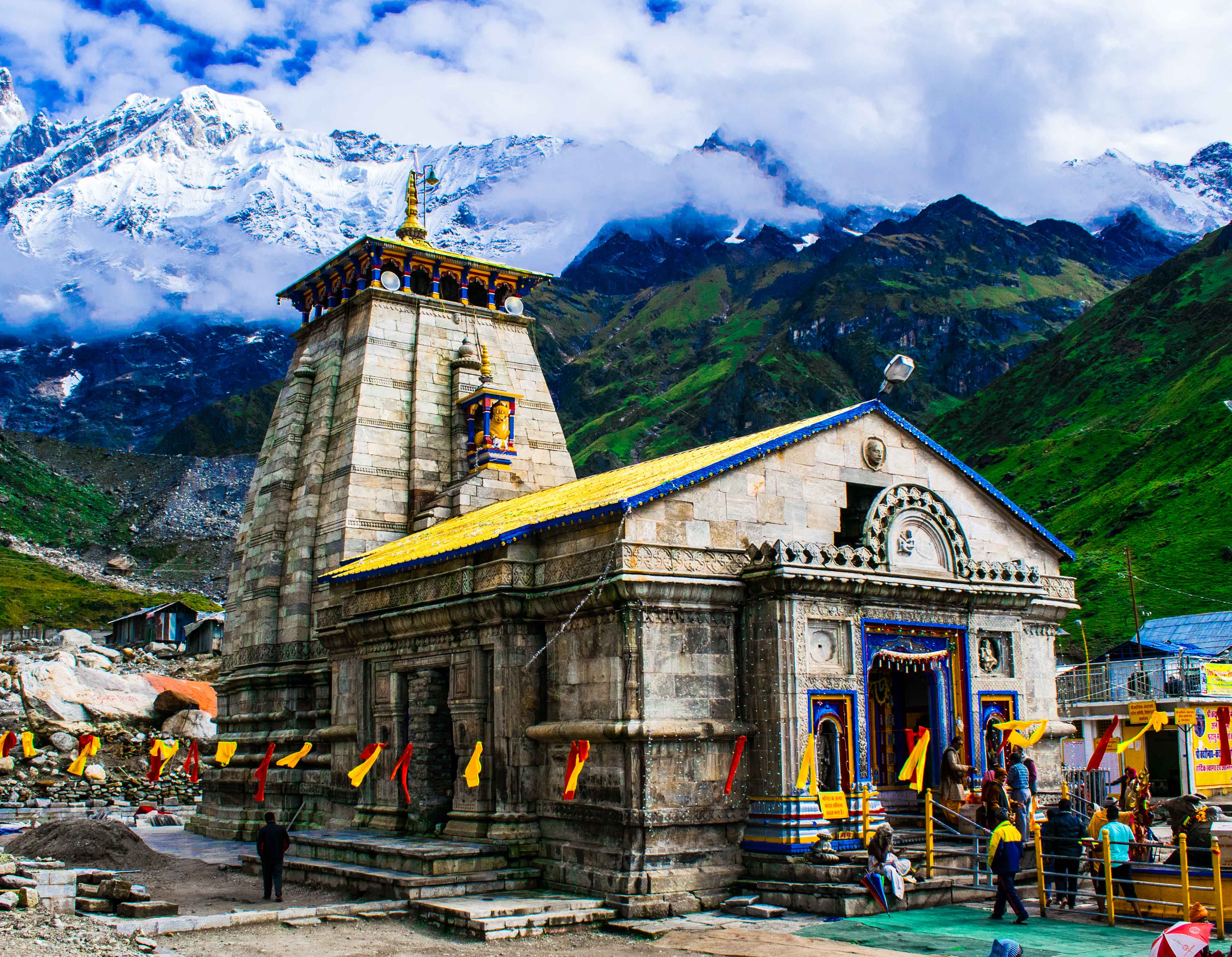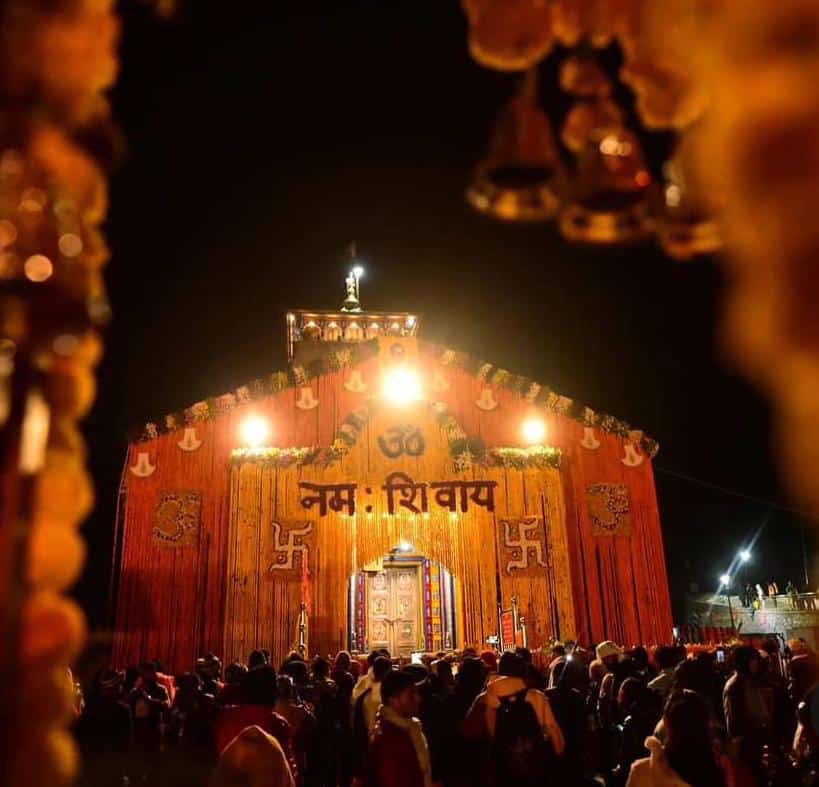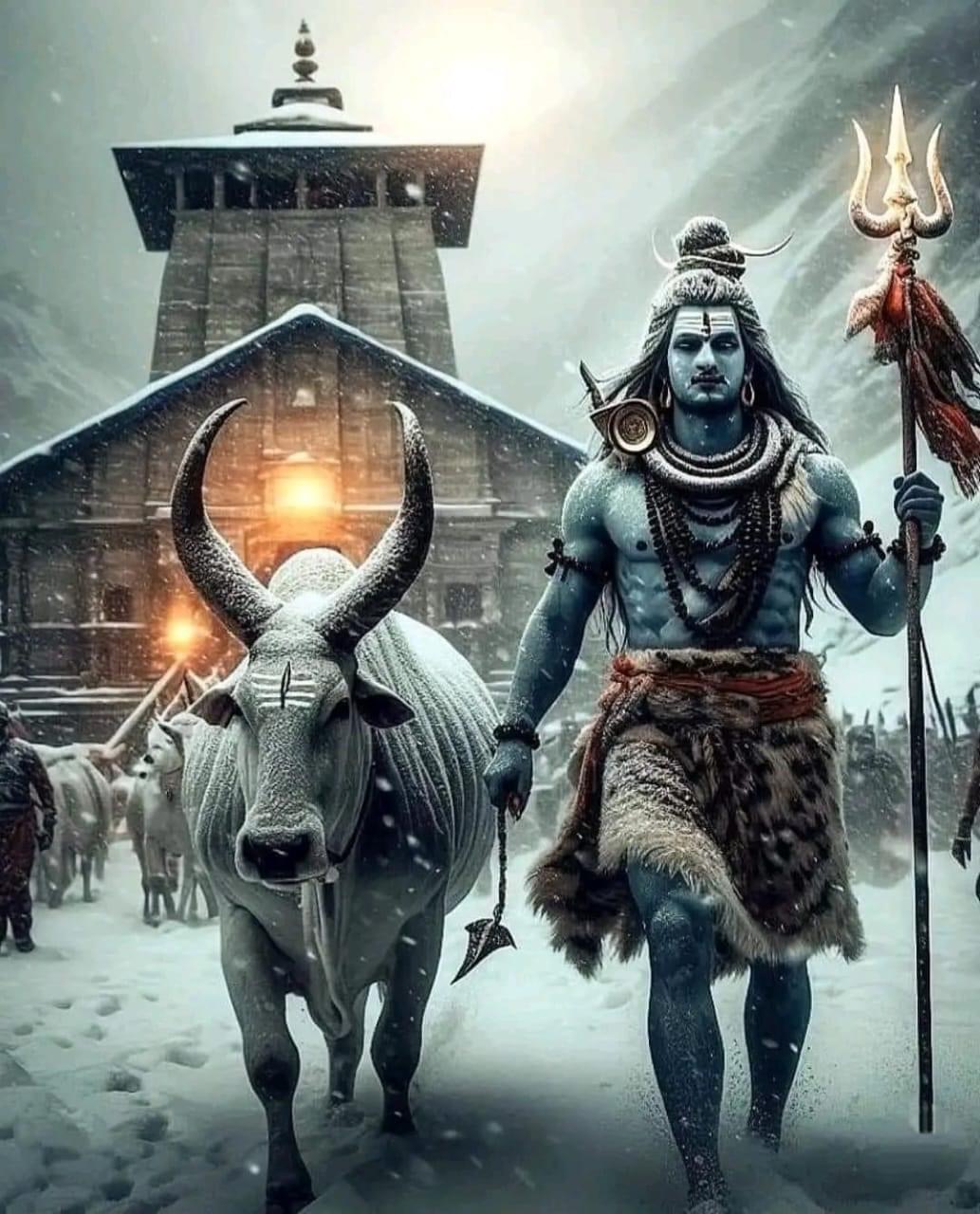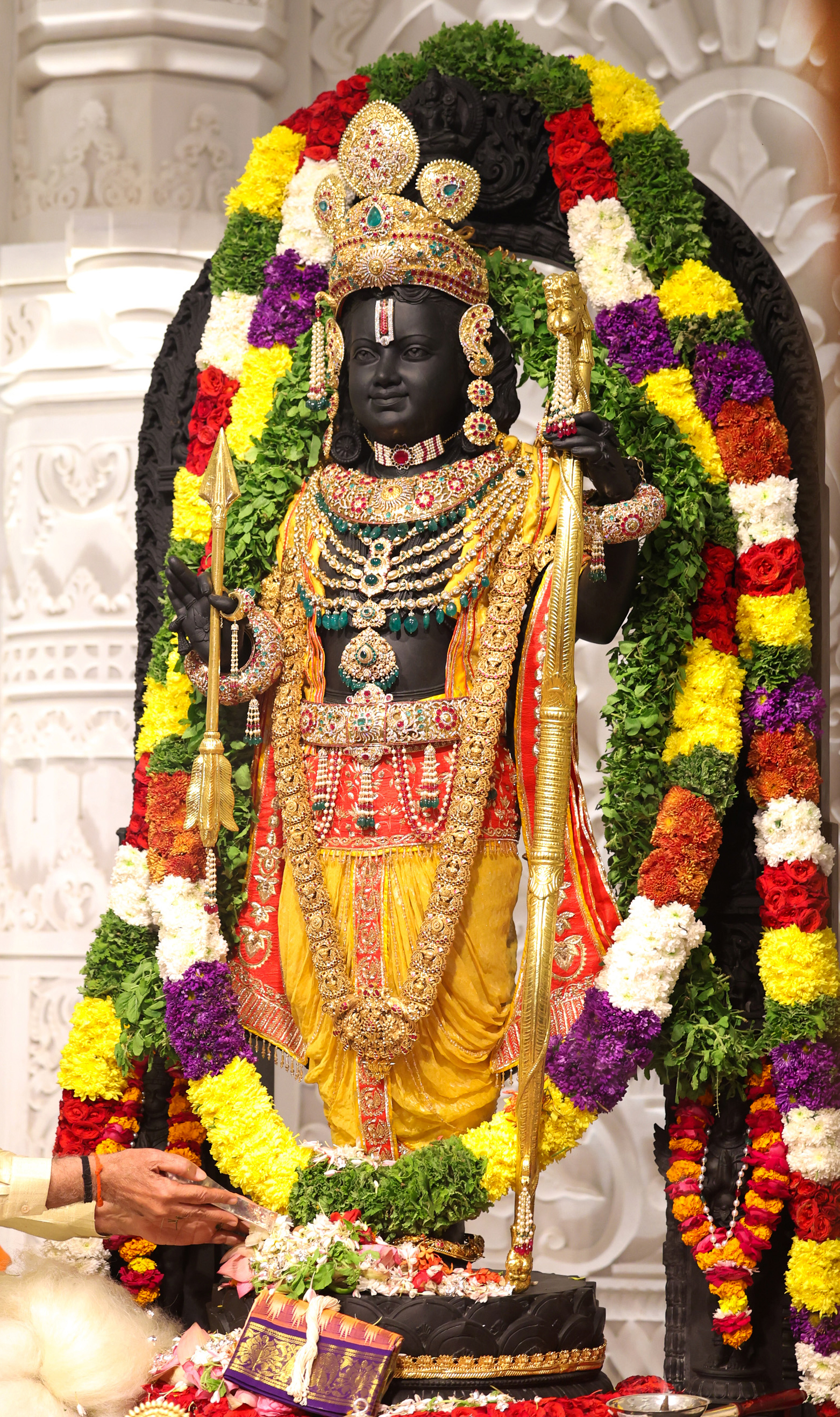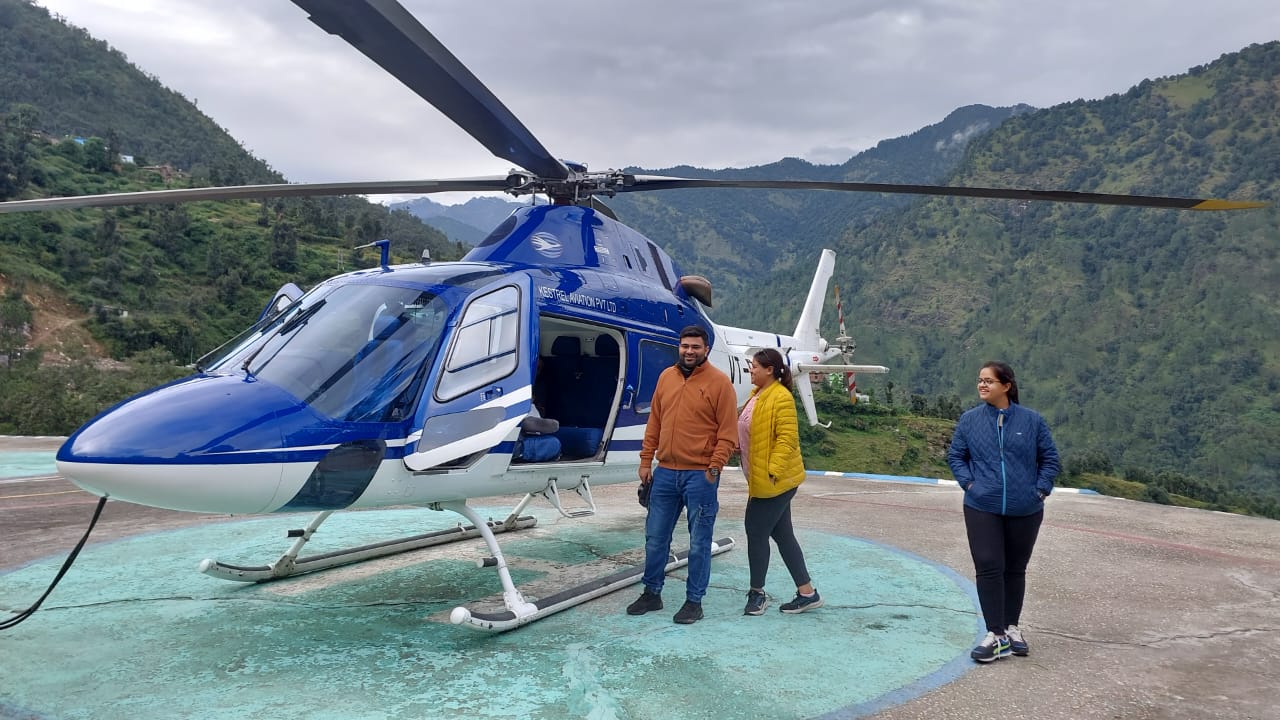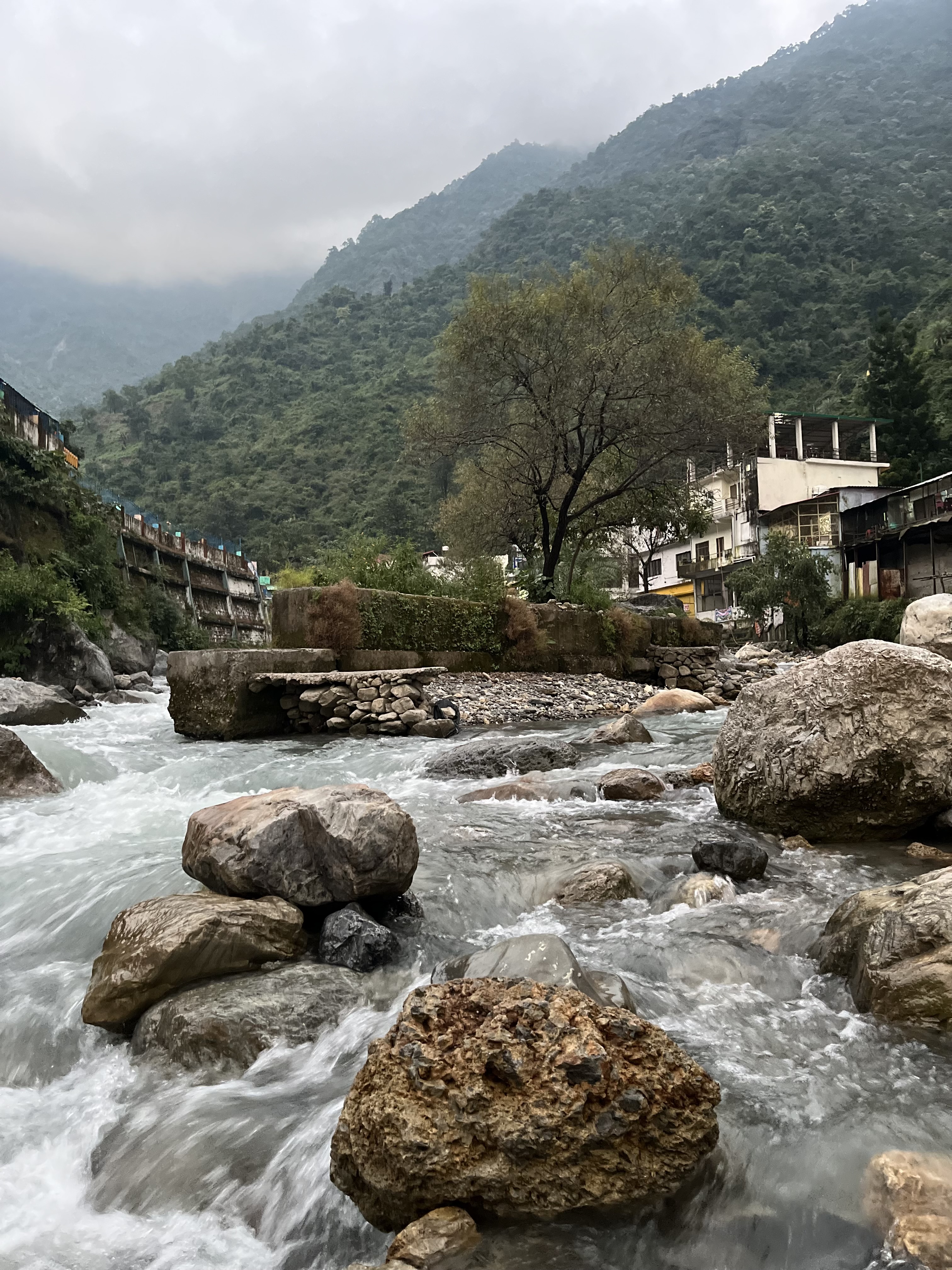Unveiling the Temperature Extremes of Kedarnath: Climate Insights and Travel Tips

Nestled in the pristine lap of the Himalayas, Kedarnath is not only a revered pilgrimage destination but also a place of astounding natural beauty. One of the key factors that greatly influences the experience of pilgrims and travelers alike is the temperature. In this article, we explore the temperature extremes of Kedarnath, shedding light on the climate patterns, seasonal variations, and providing essential travel tips to ensure a comfortable and enjoyable visit.
Month-wise temperature data for Kedarnath:
April:
Daytime Temperature: 5°C to 10°C (41°F to 50°F)
Nighttime Temperature: -2°C to 5°C (28°F to 41°F)
April marks the beginning of the pilgrimage season. While daytime temperatures are relatively mild, nights can be quite chilly.
May:
Daytime Temperature: 10°C to 15°C (50°F to 59°F)
Nighttime Temperature: 0°C to 5°C (32°F to 41°F)
May sees a gradual increase in temperatures, making it more comfortable for pilgrims and trekkers.
June:
Daytime Temperature: 15°C to 20°C (59°F to 68°F)
Nighttime Temperature: 5°C to 10°C (41°F to 50°F)
June is one of the most pleasant months to visit, with milder daytime temperatures and cool nights.
July:
Daytime Temperature: 12°C to 18°C (54°F to 64°F)
Nighttime Temperature: 5°C to 10°C (41°F to 50°F)
Monsoon arrives in July, bringing rainfall and slightly cooler temperatures. Rain gear is essential for this season.
August:
Daytime Temperature: 12°C to 18°C (54°F to 64°F)
Nighttime Temperature: 5°C to 10°C (41°F to 50°F)
Rain continues in August, making trekking a bit challenging due to slippery trails.
September:
Daytime Temperature: 12°C to 18°C (54°F to 64°F)
Nighttime Temperature: 5°C to 10°C (41°F to 50°F)
As the monsoon recedes, September offers clear skies and pleasant temperatures, making it a great time to visit.
October:
Daytime Temperature: 5°C to 10°C (41°F to 50°F)
Nighttime Temperature: 0°C to 5°C (32°F to 41°F)
Autumn arrives with cooler temperatures, clear skies, and the enchanting beauty of changing foliage.
November:
Daytime Temperature: 0°C to 5°C (32°F to 41°F)
Nighttime Temperature: -5°C to 0°C (23°F to 32°F)
November marks the transition to winter, with dropping temperatures and the possibility of snowfall.
December:
Daytime Temperature: -2°C to 5°C (28°F to 41°F)
Nighttime Temperature: -8°C to -15°C (17°F to 5°F)
Winter sets in, bringing extreme cold and heavy snowfall. The temple remains closed during this time.
January:
Daytime Temperature: -2°C to 5°C (28°F to 41°F)
Nighttime Temperature: -10°C to -18°C (14°F to 0°F)
January is characterized by freezing temperatures and snow-covered landscapes.
February:
Daytime Temperature: -2°C to 5°C (28°F to 41°F)
Nighttime Temperature: -10°C to -18°C (14°F to 0°F)
Similar to January, February remains bitterly cold, with snow covering the region.
March:
Daytime Temperature: 0°C to 5°C (32°F to 41°F)
Nighttime Temperature: -5°C to 0°C (23°F to 32°F)
Winter starts to loosen its grip in March, but temperatures remain cold with the possibility of snow.
Understanding Kedarnath's temperature trends month by month is crucial for planning a visit and ensuring you're adequately prepared for the weather conditions you'll encounter during your pilgrimage or travel.
Seasonal Temperature Variations:
1. Summer (April to June):
During the summer months, Kedarnath experiences relatively milder temperatures. Daytime temperatures hover around 15°C to 20°C (59°F to 68°F), making it a pleasant time for trekking and exploring the surroundings. However, evenings and nights can be quite chilly, with temperatures dropping to 5°C to 10°C (41°F to 50°F).
2. Monsoon (July to September):
The monsoon season brings heavy rainfall to the region. While the rain contributes to the lush greenery, it also brings challenges such as slippery trails and landslides. Daytime temperatures range from 12°C to 18°C (54°F to 64°F), and nights remain cool.
3. Autumn (October to November):
Autumn is a captivating time to visit Kedarnath. The daytime temperatures range from 5°C to 10°C (41°F to 50°F), and the nights start getting colder. The clear skies and crisp air create an enchanting ambiance for spiritual pursuits and trekking.
4. Winter (December to March):
Winter in Kedarnath is characterized by extreme cold and heavy snowfall. Daytime temperatures often drop below freezing, ranging from -2°C to 5°C (28°F to 41°F), while nights can plummet to -8°C to -15°C (17°F to 5°F). The temple remains closed during this period due to the harsh weather conditions.
Essential Travel Tips:
- Layer Up: Regardless of the season, it's advisable to dress in layers. This allows you to adapt to changing temperatures throughout the day.
- Warm Clothing: In winter, pack heavy woolens, thermals, and insulated jackets to stay warm. Don't forget gloves, hats, and scarves.
- Rain Gear: If visiting during the monsoon season, waterproof clothing, sturdy footwear, and rain covers for backpacks are essential.
- Sun Protection: Even in cold weather, the high altitude sun can be strong. Wear sunscreen, sunglasses, and a hat to protect yourself.
- Respect the Temple's Schedule: Be aware of the temple's opening and closing dates. The temple is generally closed from November to April due to extreme weather.
- Stay Hydrated: The cool and high-altitude environment can cause dehydration, so drink plenty of water even if you don't feel thirsty.
- Check Weather Updates: Before you begin your journey, check weather forecasts and updates. This will help you prepare better for the conditions you might face during your visit.
Highlights of Kedarnath:
Spiritual Significance: Kedarnath is one of the holiest pilgrimage sites for Hindus. The temple, dedicated to Lord Shiva, is considered one of the twelve Jyotirlingas and holds immense spiritual significance.
Breathtaking Location: Nestled amidst the majestic Himalayas at an altitude of approximately 3,583 meters (11,755 feet), Kedarnath offers awe-inspiring panoramic views of snow-capped peaks and pristine landscapes.
Challenging Trekking Routes: The trek to Kedarnath is an adventure in itself. Whether you choose the traditional trekking route or the newer helicopter services, the journey presents you with an opportunity to connect with nature and test your resilience.
Natural Beauty: Kedarnath is surrounded by captivating natural beauty. The Mandakini River, lush meadows, and alpine flora create a serene atmosphere that is both calming and invigorating.
Ancient Architecture: The Kedarnath Temple's architecture is a marvel in itself. Built of large, heavy, and evenly cut gray slabs, it exhibits an austere yet awe-inspiring design.
Panch Kedar: Kedarnath is a part of the Panch Kedar pilgrimage circuit, which includes four other temples dedicated to Lord Shiva. The circuit encompasses Tungnath, Rudranath, Madhyamaheshwar, and Kalpeshwar temples.
Samadhi of Adi Shankaracharya: The samadhi (final resting place) of Adi Shankaracharya, the great philosopher and theologian, is located behind the Kedarnath Temple.
Gaurikund: The starting point of the trek to Kedarnath, Gaurikund, is named after Goddess Parvati, who is also known as Gauri. It's believed that Parvati performed intense penance here to win Lord Shiva's affection.
Kedarnath Wildlife Sanctuary: The sanctuary, surrounding the temple, is home to a variety of flora and fauna, including Himalayan tahr, snow leopard, and musk deer.
Char Dham Yatra: Kedarnath is one of the four pilgrimage sites in the Char Dham Yatra, a sacred journey that also includes Badrinath, Yamunotri, and Gangotri.
A Spiritual Odyssey: The Kedarnath pilgrimage is not just a physical journey; it's a spiritual odyssey that offers seekers an opportunity for introspection, devotion, and connection with the divine.
Winter Closure: The temple remains open only for six months due to extreme weather conditions. The closing and reopening ceremonies mark the beginning and end of the pilgrimage season.
Conclusion:
The temperature extremes in Kedarnath are as much a part of its charm as its spiritual significance. Whether you visit during the mild summers, the mesmerizing autumn, or the frigid winters, understanding the climate patterns and being prepared can enhance your pilgrimage experience. With the right clothing, equipment, and travel precautions, you can navigate Kedarnath's temperature fluctuations and immerse yourself in its unique blend of spirituality and natural wonder.
YOU MIGHT ALSO LIKE:

